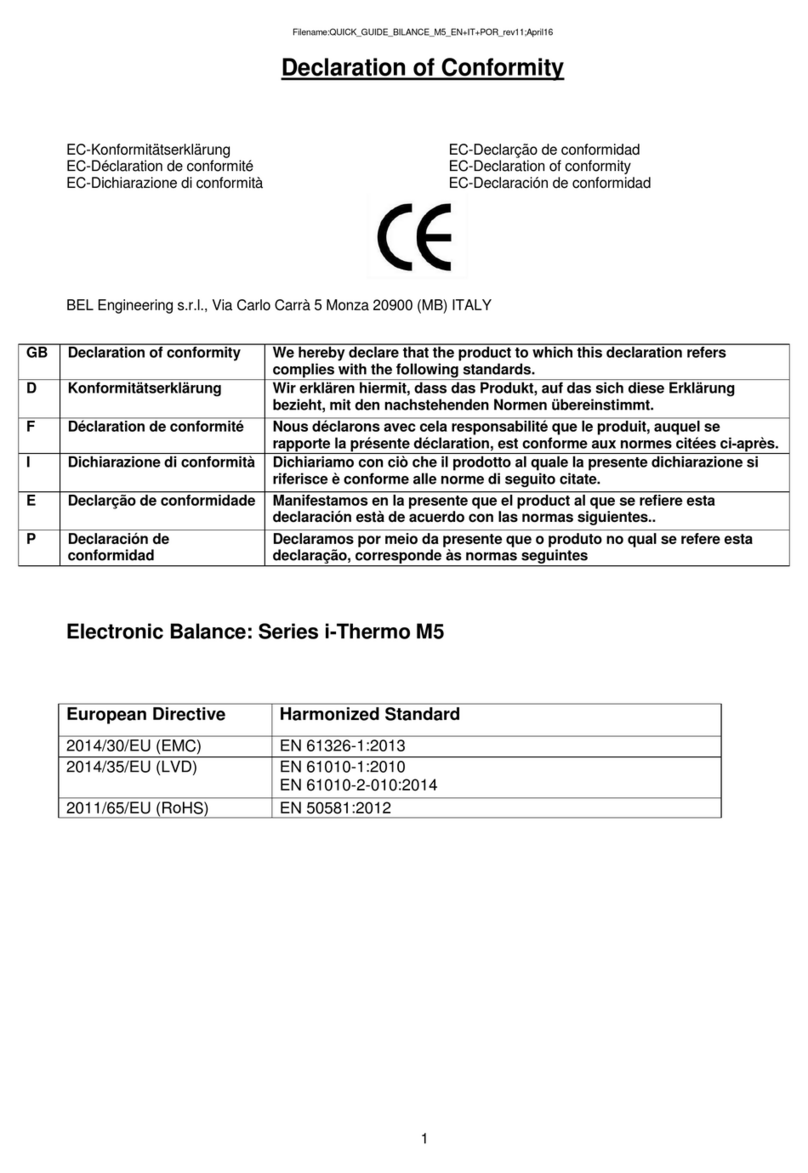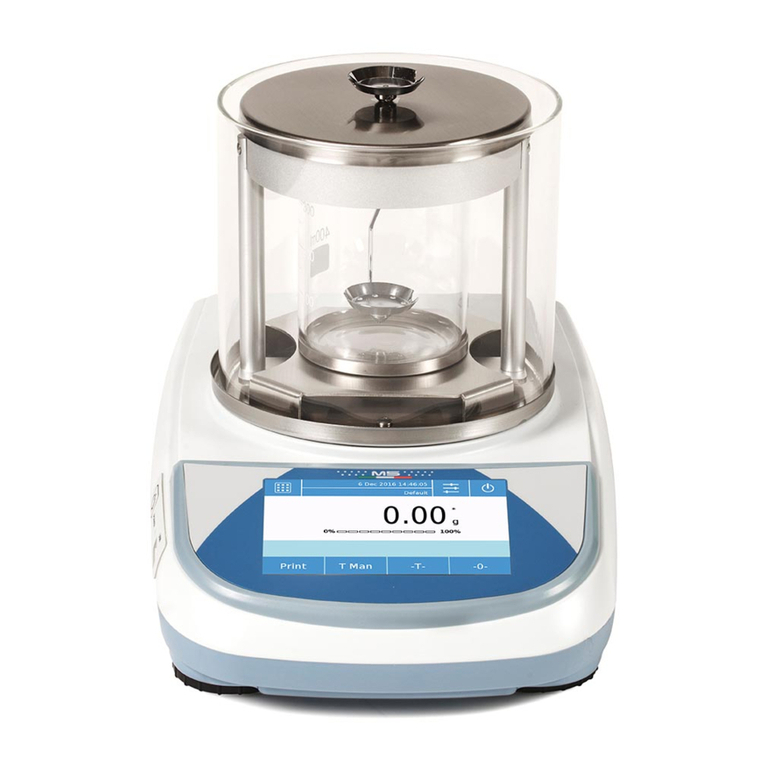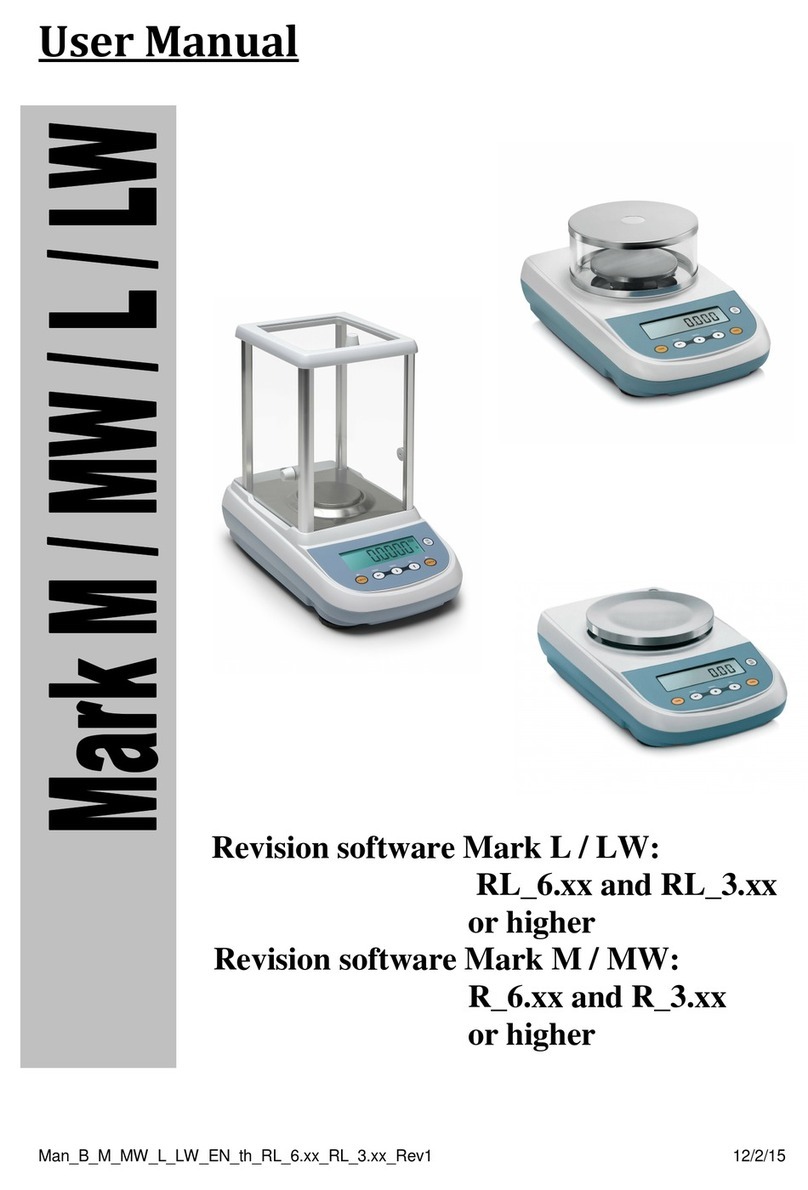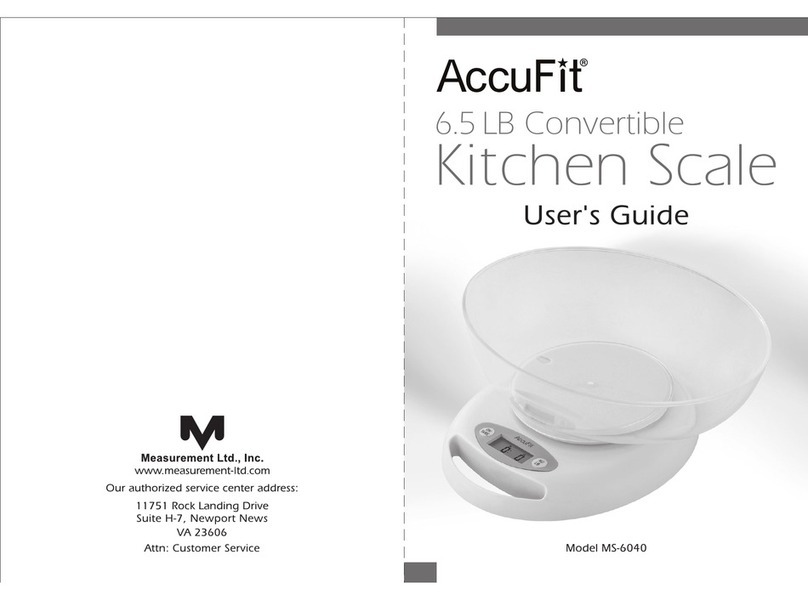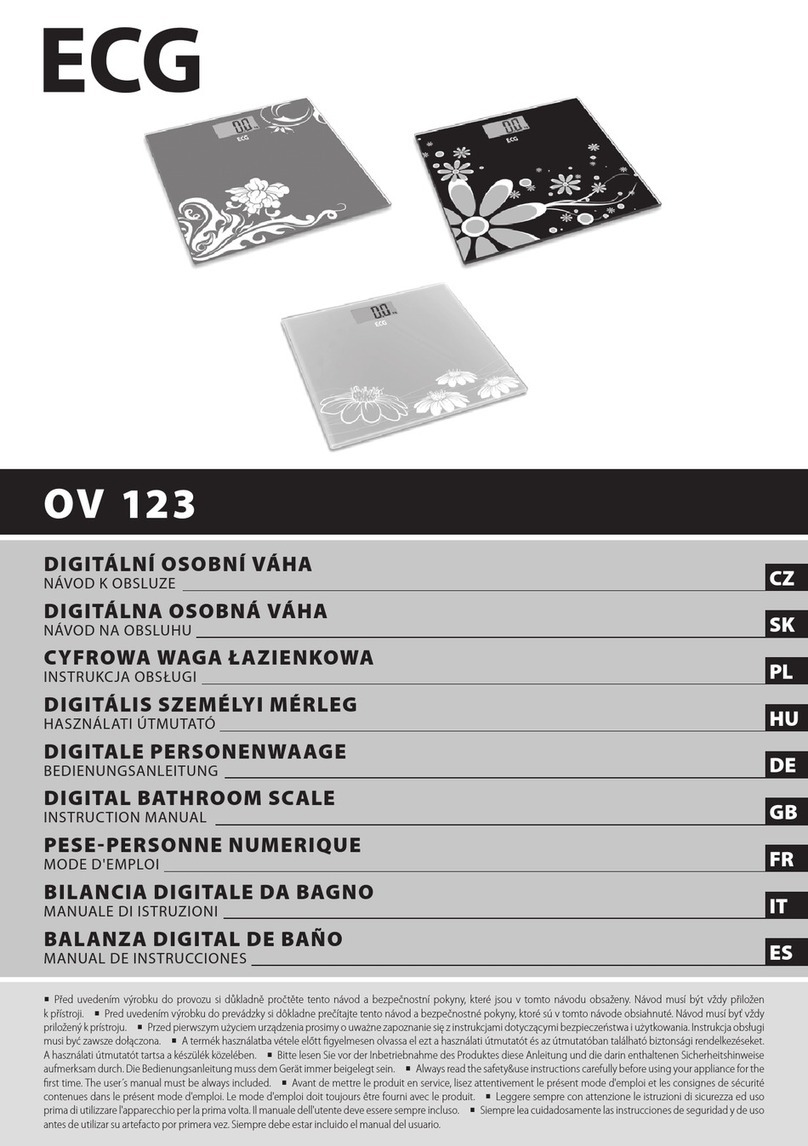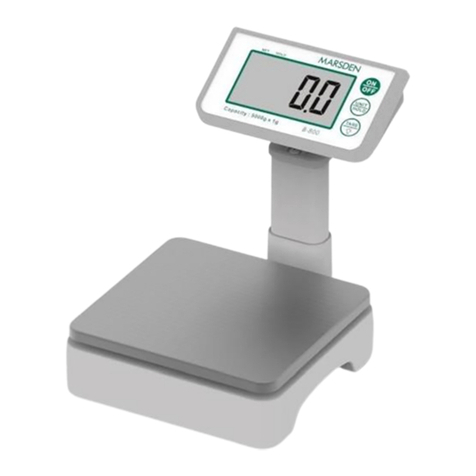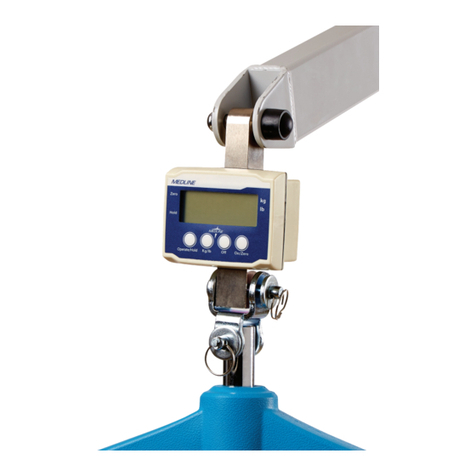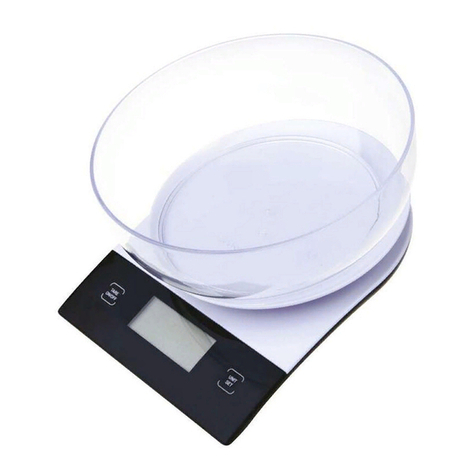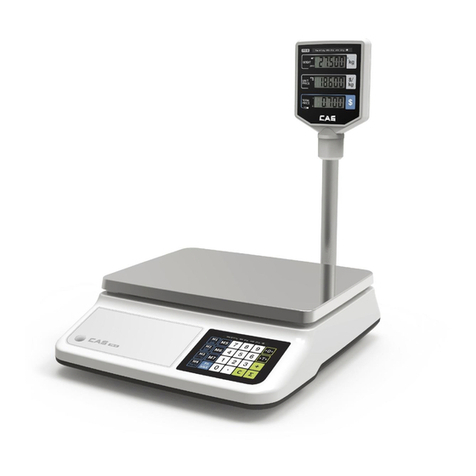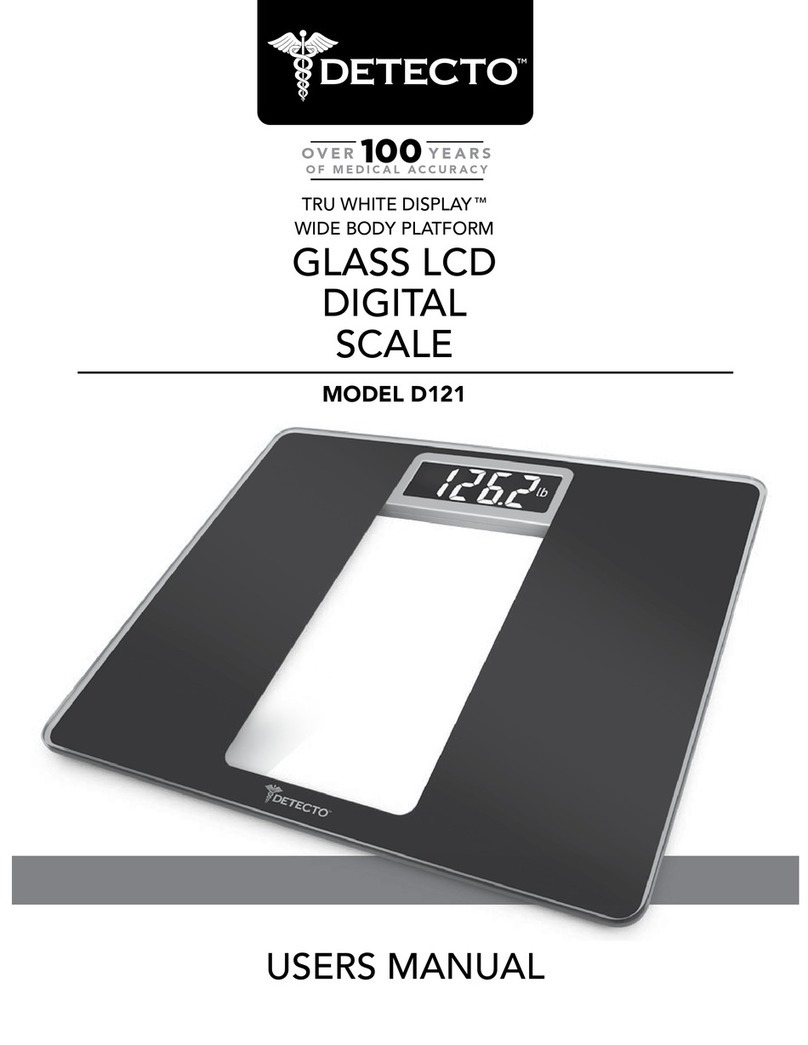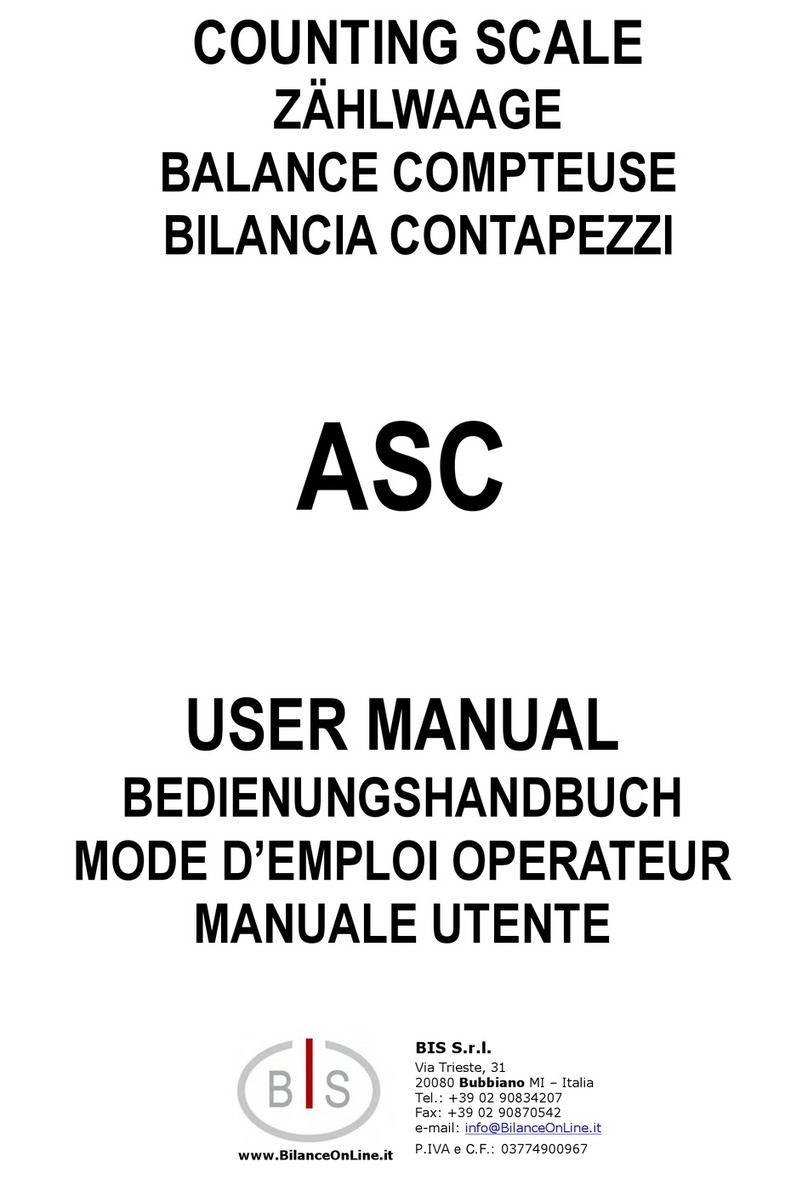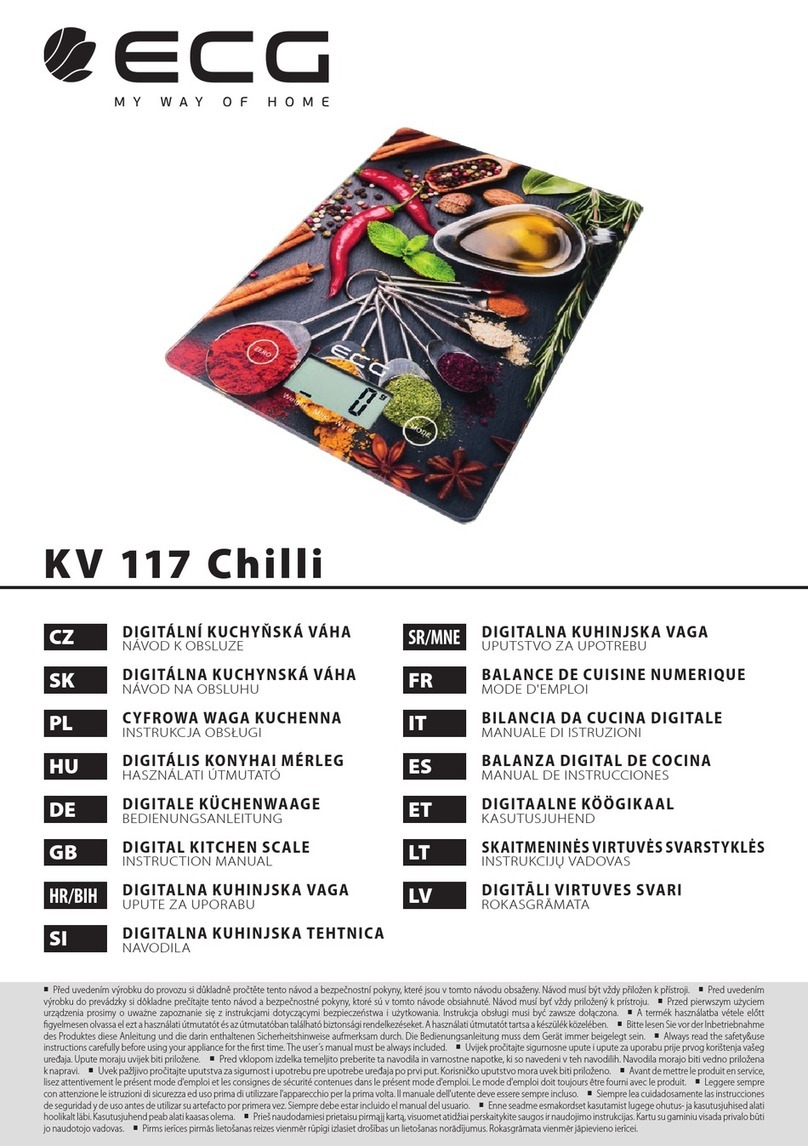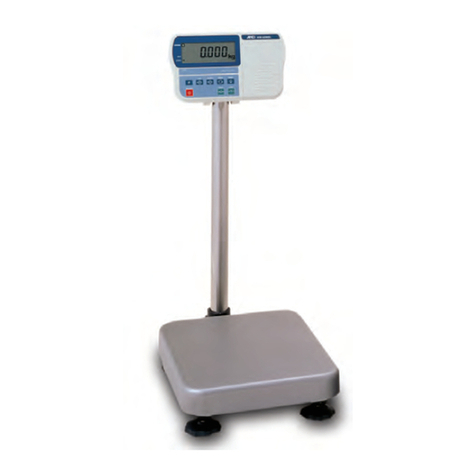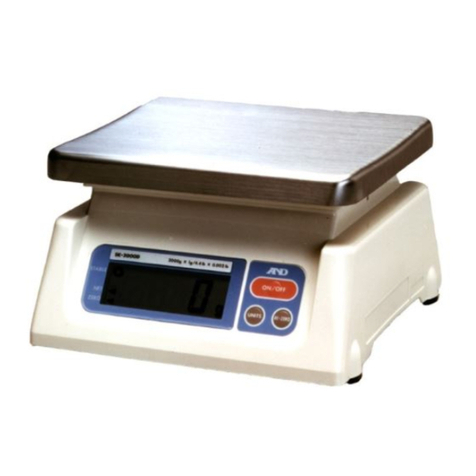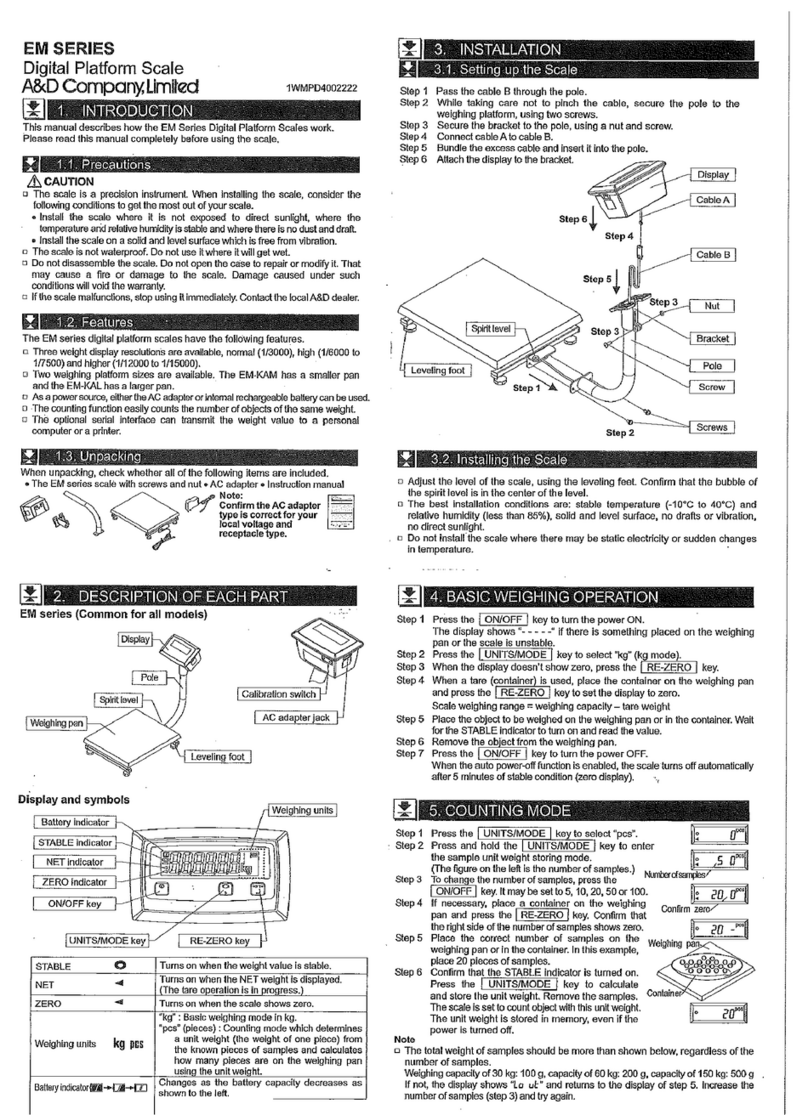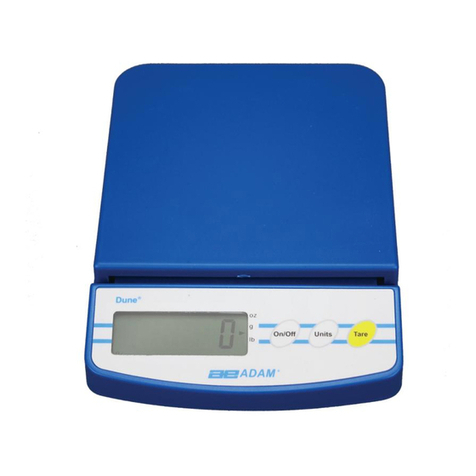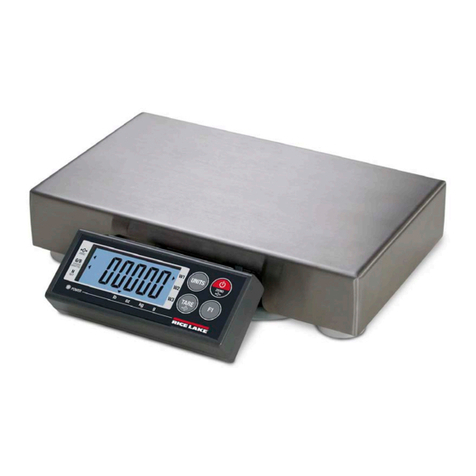BEL Engineering HPBG Series User manual

MAN_BEL_HPBG_EN_R_8.02_Rev2 26/01/19
User manual HPBG
Revision software: R_8.02

1
INDEX
1POSITIONING THE INSTRUMENT................................................................................... 3
1.1 PREFACE............................................................................................................................... 3
1.2 PLACE RECOMMENDED TO INSTALL THE INSTRUMENT........................................................ 3
2RECOMMENDATIONS FOR A CORRECT USE OF THE INSTRUMENT................ 4
2.1 PREFACE............................................................................................................................... 4
2.2 FIRST POWER ON .................................................................................................................. 4
2.3 USING THE BALANCE........................................................................................................... 4
2.4 CARE AND CLEANING OF THE BALANCE............................................................................... 5
3UNPACKING / PACKING...................................................................................................... 6
4BALANCE HPBG OVERVIEW ............................................................................................ 8
4.1 FRONT BALANCE VIEW ........................................................................................................ 8
4.2 REAR BALANCE VIEW.......................................................................................................... 8
4.3 IONISER (ONLY FOR MODELS -ION).................................................................................... 9
5KEYBOARD AND DISPLAY............................................................................................... 11
6OPERATING........................................................................................................................... 12
6.1 COMPONENTS LOCATION ................................................................................................... 12
6.2 BALANCE LEVELLING......................................................................................................... 13
7WEIGHING............................................................................................................................. 14
8CALIBRATION...................................................................................................................... 15
8.1 BALANCES WITH EXTERNAL CALIBRATION........................................................................ 15
8.2 BALANCES WITH INTERNAL CALIBRATION ........................................................................ 17
9TARE FUNCTION................................................................................................................. 18
9.1 MANUAL TARE FUNCTION.................................................................................................. 19
10 BALANCE PARAMETERS SETUP MENU...................................................................... 20
10.1 WEIGHT UNITS................................................................................................................... 21
10.2 SERIAL OUTPUT SETUP....................................................................................................... 24
10.3 TRANSMISSION SPEED SELECTION...................................................................................... 25
10.4 AUTOZERO FUNCTION........................................................................................................ 26
10.5 FILTER SELECTION ............................................................................................................. 27
10.6 STABILITY FUNCTION......................................................................................................... 28
10.7 CONTRAST ADJUSTMENT................................................................................................... 29
10.8 BACKLIGHT REGULATION .................................................................................................. 30
10.9 TIMER-OFF FUNCTION........................................................................................................ 31
10.10 DATE AND TIME REGULATION .............................................................................................. 32
10.11 LANGUAGE SELECTION......................................................................................................... 33
10.12 CALIBRATION MODE SETTING............................................................................................... 34
10.12.1 Automatic Calibration (AUT-CAL)............................................................................. 34
10.12.2 Internal calibration (I-CAL)........................................................................................ 35
10.12.3 External calibration (E-CAL)...................................................................................... 35
10.12.4 Technical calibration (TEC-CAL)............................................................................... 35
10.13 CALIBRATION DATA ............................................................................................................. 37
11 BALANCE PROGRAMS MENU......................................................................................... 38
11.1 PIECE COUNTING FUNCTION............................................................................................... 39
11.1.1 Manual insertion of the average unit weight........................................................... 40

2
11.1.2 Automatic updating of the average unit weight....................................................... 42
11.2 PROGRAM FOR THE DETERMINATION OF THE DENSITY OF A SOLID OR A LIQUID ............... 43
11.2.1 Solid density determination...................................................................................... 43
11.2.2 Liquid density determination.................................................................................... 45
11.3 FORMULATION FUNCTION.................................................................................................. 47
11.3.1 Manual formulation.................................................................................................. 47
11.3.2 Formula saving......................................................................................................... 48
11.3.3 Formula recall.......................................................................................................... 50
11.4 MAX-MIN THRESHOLDS FUNCTION. .................................................................................. 52
11.4.1 With both the limits set ............................................................................................. 53
11.4.2 With only the lower limit set..................................................................................... 53
11.4.3 With only the upper limit set..................................................................................... 53
11.5 PERCENTAGE WEIGHING FUNCTION................................................................................... 54
11.5.1 Automatic mode with reference weight.................................................................... 54
11.5.2 Mode with manual insertion of the reference weight.............................................. 55
11.6 ANIMAL WEIGHING FUNCTION........................................................................................... 56
11.7 MAXIMUM LOAD FUNCTION............................................................................................... 57
11.8 GLP FUNCTION (GOOD LABORATORY PRACTICES)........................................................... 58
12 RS232 INTERFACE FEATURES........................................................................................60
12.1 GENERAL FEATURES .......................................................................................................... 60
12.2 MAP OF CONNECTOR.......................................................................................................... 60
12.3 CONNECTION OF THE BALANCE TO COMPUTER ................................................................. 61
12.3.1 Continuous Transmission mode............................................................................... 62
12.3.2 On demand transmission mode................................................................................ 62
12.3.3 On demand transmission with G.L.P....................................................................... 64
12.4 CONNECTION OF BALANCE WITH SERIAL PRINTER............................................................. 65
12.4.1 PRINT FORMATS.................................................................................................... 65
12.4.2 Generic Printer or TLP 50 printer with G.L.P....................................................... 67
13 ERROR CODES .....................................................................................................................68
14 MAINTENANCE AND CARE .............................................................................................69
15 WARRANTY...........................................................................................................................69
16 QUICK GUIDE TO BALANCE PARAMTERS SETUP..................................................70
17 BALANCE TECHNICAL CHARACTHERISTICS ......................................................... 72
18 WARRANTY........................................................................................................................... 73
19 STORAGE CONDITIONS....................................................................................................73
20 EQUIPMENT DISPOSAL.................................................................................................... 73
WARNING:
Please read carefully following instructions for installation and use before
starting your work with a new balance. A use of the instrument different from
the one mentioned in this manual does not grant product safety anymore.

3
1 Positioning the instrument
1.1 Preface
Balances with resolutions 0.1mg and 0.01mg are instruments of high sensitivity and
precision. To achieve reliable and accurate results it is fundamental to install the
instrument in a suitable environment to meet the requirements necessary to ensure its
proper functioning.
1.2 Place recommended to install the instrument
Choose of the correct placement of the instrument is fundamental to ensure optimal and
precise operations.
For optimum weighing it is necessary to respect the following criteria:
- TYPE OF ENVIRONMENT
Place the balance in a corner of the room to minimize vibrations.
Place the balance in a secluded location: not put it near doors to prevent air
drafts.
Avoid places with many persons: every person who is close generates a draft of
air.
Protect the balance from an air conditioner or ventilation fans and other electronic
devices with fans (eg. Computer or other laboratory instruments).
Keep the room temperature as constant as possible, at a value between 15 and
30 ° C. You must use a conditioner (but leave the speed of the fan to a minimum
to avoid eccesive air drafts).
Keep the humidity where balance is used as constant as possible, it should be
between 40% and 65% of moisture.
Place the balance away from heat sources, eg heaters, light bulbs (use tubular
lamps), windows (the warmth of the sun's rays can filter out the window and may
affect the weighing result).
- TYPE TABLE
The table must be stable: must not sag during lean of the instrument (eg.
Laboratory bench or marble / granite counter top).
Must be as anti-magnetic and anti-static as possible.
Must be reserved to the balance.
Place the balance as close as possible to the table legs because there are less
vibrations rathern than in the middle of the table.

4
2 Recommendations for a correct use of the instrument
2.1 Preface
To obtain accurate and repeatable weighing pay attention to the following.
2.2 First power on
THE FIRST TIME THAT YOU CONNECT THE BALANCE TO THE MAINS,
BEFORE USE, WAIT AT LEAST 12 HOURS TO ENSURE THE WARM-UP OF
THE INSTRUMENT.
For a correct use of the instrument never disconnect the balance from the mains.
If you want to turn it off, use the ON / OFF button to put it in Stand-by (in this way
it is not necessary to wait each time the warm up time).
2.3 Using the Balance
Level the balance. It is fundamental always to level properly the instrument:
regularly check that the air bubble is at the center of the level. Help with block-
feet to always ensure the correct leveling of the balance.
Load the sample to weigh always in the center of the plate to avoid possible
errors.
Open the glass doors of the cabinet as less as possible and use the tweezers to
load/unload the samples to be weighed.
Pay attention to possible Static charges that may be generated due to containers
with materials of low electrical conductivity or due to dry air with less than 40%
moisture. Electrostatic charges can alter the results of the weighing. It is
recommended to use the Ionizer Mod. Ion-A15 to eliminate static charges
present on any substances to be weighed or that have accumulated on the
instrument.
- Because of static charges the results of weighing are always different, the
balance is not repeatable.
Pay attention to dynamic push: a big temperature difference between the
sample to be weighed and the weighing chamber creates air drafts along the
sample. A colder object appears heavier while a warmer object lighter, this effect
is reduced when it is reached the thermal equilibrium between sample and
weighing chamber.
- With the dynamic push you will get results that move in one direction depending
on whether the material is colder or warmer.

5
Pay attention to substances that can Evaporate (alcohol) or Absorb humidity
(silicon gel). Because of these types of materials weight may vary constantly in
one direction.
Be careful to Magnetic materials: magnetic objects will attract each other, the
force that results are wrongly interpreted as a load.
- With magnetic materials the weighing results are hardly repeatable, the indication
remains stable but weighing result provides different results.
2.4 Care and cleaning of the balance
Before cleaning, remove all removable parts (eg. Plate, underplate).
To clean the weighing chamber, the plate, the glasses and the other parts please
use an antistatic liquid (do not use cloths that can leave fragments).

6
3 Unpacking / Packing
- After opening the box from upper side you can find accessories box containing: User
manual, Weighing Pan, Support Pan, Antiventilation Ring, Power Supply.
Scales with resolution 0,01mg on the Support Pan and the
Weighing Pan is in ONE piece.
Operate on a flat surface so that removal of protection foam is easier.
Keep all packing parts in case of balance return.
User
Manual
1
2
3
4

7
Always use original packing in case of balance return to assistance
centre to avoid damages to the instrument. Please note following
procedures.
Before re-packing, remove all movable
objects and put them in the accessories
box.
- Following this sequence, re-pack the balance inside its own box:
User
Manual
1
2
3
4

8
4 Balance HPBG Overview
4.1 Front Balance view
1 Draft windshield
2Balance Power Supply
3Master with Function keys
and LCD Display
4Antiventilation Ring
5Weighing Pan
6Adjustable Front Feet
4.2 Rear Balance view
7Level bubble
8Connector 9 poles (pin) female for
interface RS232 for printer PC
9Rear Fixed Foot
10 Label with Balance Model and serial
number
11 Balance Power Supply
1
2
3
4
5
6
7
8
9
10
11

9
4.3 Ioniser ( only for models -ION)
Using the ioniser:
Keys descriptions.
1 Activation button ioniser in continuous mode. (Auto power off after 8 hours of operation)
2 Activation button ioniser in timed mode. (Operation for 2 minutes)
To switch from one function or to turn off the device, press either one of the two
keys.
Green LED: powered ioniser.
Solid red LED: ioniser activated in continuous mode.
Flashing red LED: ioniser activated in time.
1
2

10
The ionizer is mounted in place of the rear glass as in the photo.
Technical data Ioniser
Distance “sample ion source”
c. 5 - 40 cm
Ozone concentration
0 ~ 0.05 ppm (2cm from ion source)
Ambient conditions
0 –50°C, 20 ~ 80% air humidity (non-condensing)
AC adapter (primary)
AC 100-240V, 50/60Hz
Rated electric power supply
DC 12V, 500mA
Pollution degree
2
Overvoltage category
Category II
Altitude
Up to 2000m
Installation site
Device may only be used indoors

11
5 Keyboard and display
*Stability indicator
O Zero indicator
%Percent weight
PC Piece counting
Battery indicator
Data insertion mode
HUpper threshold
L Lower threshold
DS Density measurement
ct, Unit of measurement
ozt, lb, GN, Dwt, kg, mg
Standby (OFF) or operating
(ON) button or ESC
TARE and zeroing button
Selection CONFIRM or SEND
data to the printer button
Button for accessing the MENU
to set the balance’s parameters
Balance CALIBRATION button
0.0000
g
01-06-10 13:15:24
-0-
ESC

12
6 Operating
6.1 Components location
- As a first step place Pan Support ( 3 )
on balance cone
- Lay Weighing Pan ( 2 ) on pan
support and check the pan is placed
properly.
- Put Antiventilation ring ( 1 )
Scales with resolution
0,01mg on the Support
Pan and the Weighing Pan
is in ONE piece.
- Insert power supply connector in DC
plug placed on the back of the balance.
- Use ONLY power supply provided with
the balance.
1
2
3

13
6.2 Balance levelling
- Level the balance with level bubble, adjusting the Front Feet ( 2) until the air Bubble
is placed at the centre of the indicator ( 1 ).
-Adjust the balance according to the level bubble:
Lift the balance rotate front feet clockwise
Lower the balance rotate feet anticlockwise
- Once level bubble is properly placed using Adjusting Rear Feet ( 2 ), lock them
screwing the Disk Foot-Locking ( 3)
3
2
2
3
1

14
7 Weighing
After connecting the balance to power supply, an autodiagnosis of electronic circuits is
automatically effected, ending with stand by indication
Balance Warm-up: Wait 8 hours from switch on for warm up
It is suggested to never disconnect the balance from power socket and use
ON/OFF key to put the instrument in standby mode until end of work.
From
“STAND BY”
mode: to bring the balance back to working conditions, press
ON/OFF
key
.
It is recommended not to drop heavy objects on balance pan, to avoid damage of the
instrument.
Electronic balance effects mass measurings using gravity (g). Differences in geographical
areas e in altitude change gravity acceleration (g).
Therefore, to get precise measurings, balance has to be adjusted to environmental
conditions. This adjusment is accomplished through calibration function.
It is needed to calibrate the balance every time it is moved to another place.
0.0000
g
01-06-10 13:15:24
-0-
Off

15
8 Calibration
The electronic balance carries out mass measurements using gravity (g). Differences in
geographical regions and altitudes vary the gravitational acceleration (g).
The balance must therefore be adapted to environmental conditions to obtain accurate
measurements. This regulation is carried out through the calibration function.
8.1 Balances with external calibration
The calibration is carried out through the CAL button.
1. Press the CAL button with the plate unloaded; the word CAL will be displayed.
2. When the value of the calibration weight begins to flash, load the weight indicated by the
display on the plate.
3. The display will stop flashing, indicating the value of the calibration weight with the stability
indicator on.
Once the calibration has been carried out, the calibrated weight will be displayed with the
indication of the current unit of measurement.
4. Remove the calibration weight.
The balance is ready for weighing operations.
Cal
01-06-10 13:15:24
-0-
200
g
01-06-10 13:15:24
-0-
200.0000
g
01-06-10 13:15:24
-0-

16
NOTE: an error message will be displayed if there is some interference during the calibration process.
To interrupt the calibration process, press the ON/OFF button while the calibration weight indication
flashes.
It is also possible to calibrate the balance with a calibration weight greater than the pre-set
calibration weight:
1. Press and hold the CAL button with the plate empty until the beeping stops, and then
release the button. The word “-CAL-“will be shown on the display, followed by the word
“LOAD”, flashing.
2. Load a weight that is equal to or greater than the pre-set calibration weight on the plate;
the balance will recognize a weight that is equal to or greater than the calibration weight
as valid provided that it is a whole weight with respect to the most significant figure of the
calibration weight.
E.G.: if the calibration weight is 200 g, it will be possible to calibrate the balance with
values that go from 200g, 300g, 400g up to the upper capacity limit of the balance.
The word “LOAD” on the display will stop flashing; once the calibration has been carried
out, the value of the weight used will be displayed.
3. Remove the calibration weight; the balance is ready for the weighing operations.
2 Sec
Cal
01-06-10 13:15:24
-0-
Load
01-06-10 13:15:24
-0-

17
NOTE: an error message will be displayed if there is some interference during the calibration process.
To interrupt the calibration process, press the ON/OFF button while the calibration weight indication
flashes.
8.2 Balances with internal calibration
In these models the calibration is carried out through an internal automatic system:
1. Press the CAL button with the plate empty.
The display will show the message “CAL” and the balance’s calibration will be carried out
automatically.
2. At the end of the calibration, the balance will return to normal weighing conditions.
If the calibration is not completed due to vibrations or drafts, the message “CAL bUT” will
be displayed. Press the CAL button again, and if the problem persists, select external
calibration and contact the supplier.
To modify the calibration mode in these models with internal calibration, see section 9.12.1
200.0000
g
01-06-10 13:15:24
-0-
Cal
01-06-10 13:15:24
-0-
0.0000
g
01-06-10 13:15:24
-0-

18
9 Tare function
1. The relative weight will be shown on the display.
2. Press the O/T button. The word “Tare”will be displayed.
3. Once stability has been achieved, the zero value “0.000” will be displayed. In case
stability is not achieved due to drafts, vibrations, or other types of disturbance, the dashes
will continue to be displayed.
4. Put the objects to be weighed in the container. Read the value of the net weight on the
display.
21.3140
g
01-06-10 13:15:24
Tare
01-06-10 13:15:24
0.0000
g
01-06-10 13:15:24
-0-
231.1400
g
01-06-10 13:15:24

19
9.1 Manual tare function
This function allows a tare value to be entered manually.
1. Press and hold the O/T button with the plate empty until the beeping stops, and then
release the button.
2. The following word will be shown on the display:
3. Now insert the desired tare value using the CAL and MENU buttons to increase and
decrease the number, while pressing the O/T button to pass to the next number. During
the entering phase, holding down the O/T button allows you to delete the inserted value.
4. After having entered the desired value, press the PRINT button to confirm it. The
value will remain in memory until the TARE button is pressed, or the instrument is
disconnected from the power supply.
2 Sec
0.0000
g
01-06-10 13:15:24
-0-
Manual tare
90.0000
g
01-06-10 13:15:24
-0-
Manual tare
Table of contents
Other BEL Engineering Scale manuals
